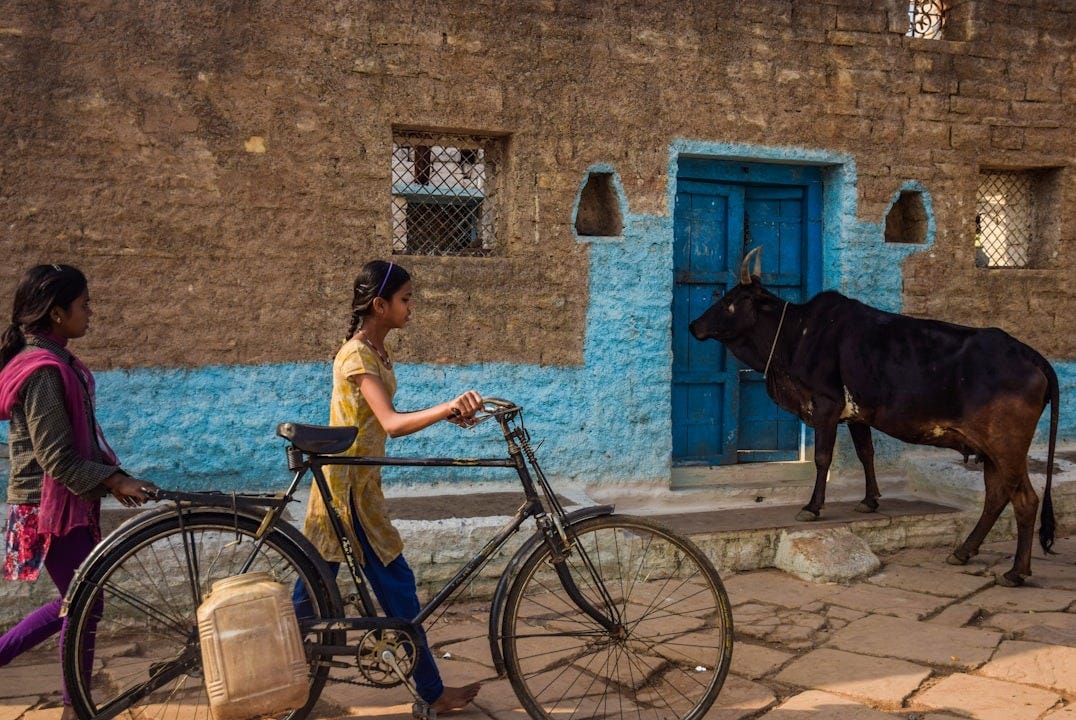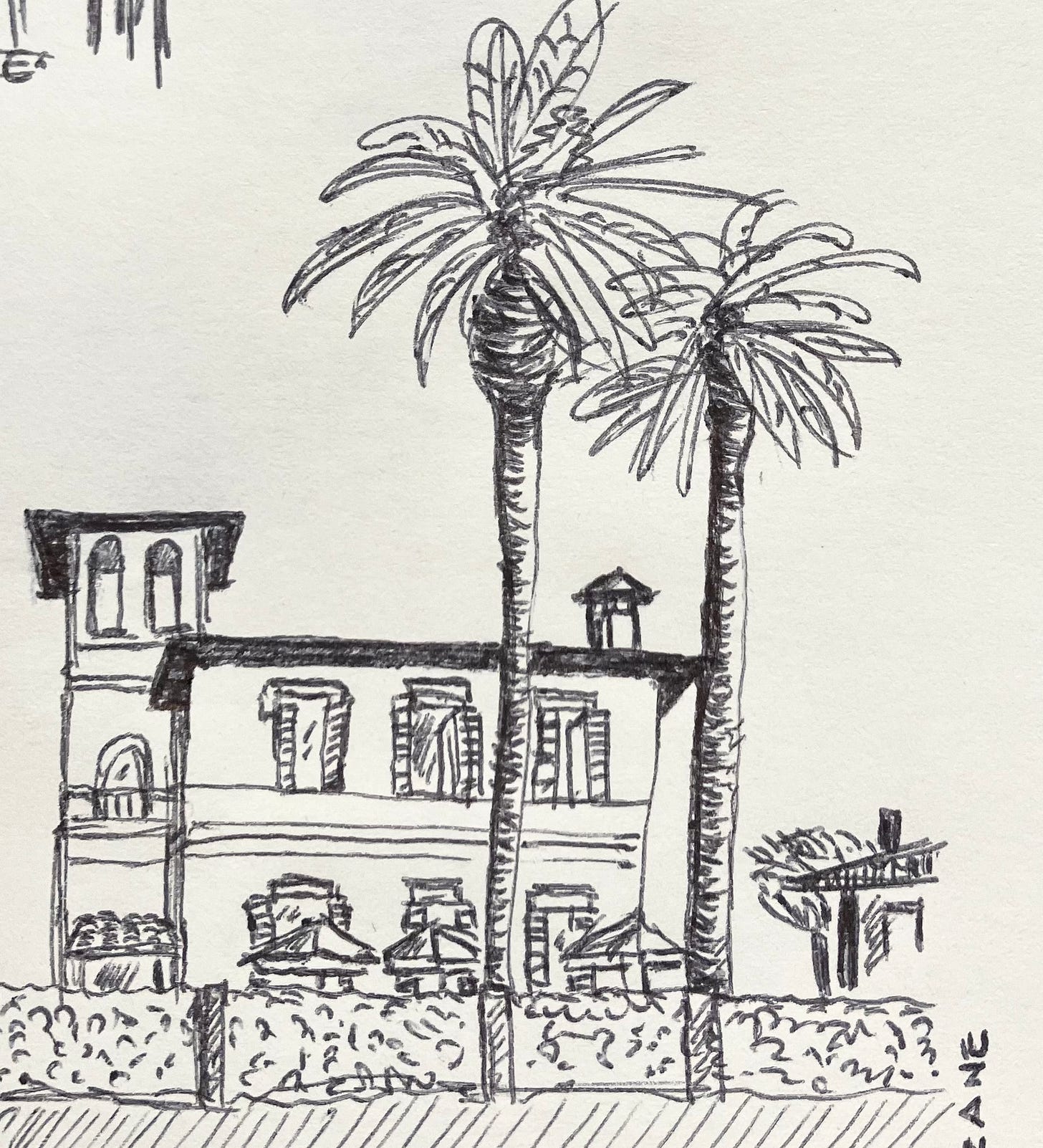European markets awash in cheap energy thanks to the sun and wind
Also: In India bicycles can be a girl's best friend
Hello!
I’m happy to return after a busy period doing other things. I’m back in Vancouver and I’ve resumed my volunteering with non-profits and catching up on a number of other tasks.
This month our family has been experimenting with Evo, a local car sharing service that offers a large fleet of hybrid vehicles. This pay-per-use system in an urban setting makes a lot of sense and is very popular here. It’s affordable, convenient, reduces traffic volumes and reduces pollution. Two thumbs up so far.
Like most of you, I’ve been fascinated by the election campaign in the United States, where surprises seem to be the order of the day. As always there are many other news stories to follow, but besides the never-ending wish for ceasefires in war zones, nothing seems as consequential as the decision facing Americans at the ballot box in November. What they decide will have repercussions everywhere.
Having said that, a couple of off-the-beaten-path news items did attract my attention in recent days and I’m sharing them here.
I hope you find them interesting.
~~~
An energy glut hits European energy markets; prices go negative

While some politicians in North America continue to advocate for more oil drilling, in Europe power prices in several markets dipped below zero this week as renewable energy flooded the power grid, creating more supply than demand.
Negative prices are becoming more frequent as countries build their capacity in renewable sources of energy. The growth of solar and wind power in particular are changing the dynamics of energy distribution, as weather-dependent sources sometimes surge beyond what the grid can handle, resulting in an energy glut. This is a sign that renewables are making an impact and could replace other forms of energy. The unexpected surge also highlights the systemic challenges of finding ways to save excess power for when it is needed most. Battery storage facilities for weather-dependent energy sources are becoming more important as renewables become more effectively integrated into existing power grids.
Outside Europe, construction of green power facilities is also continuing at a brisk pace. A massive solar-power project is taking shape in a desert region of Inner Mongolia in China, where officials are installing thousands of solar panels in an area 400 km long by 5 km wide, which is about the size of Samoa in the South Pacific or half the size of Rhode Island in the U.S. The plan is so ambitious that it aims not only to generate large amounts of power for the country, but also turn the desert landscape into one of greenery, capable of supporting crops and livestock.
Meanwhile in Australia the government this week approved a 12,000-hectare (29,650 acre) solar project in the country’s sun-baked north that will collect and store enough surplus energy to also export to Singapore.
And in the United States, where private and state organizations continue to make investments in green energy despite calls from some politicians for more fossil fuel production, solar power generation is increasing at a fast clip. Last year alone, solar power as a source of energy grew by 25%.
More info:
Negative Power Prices Hit Europe as Renewable Energy Floods the Grid
European Power Prices Turn Negative As Green Power Output Jumps
How Beijing is Using the Sun to Fight the Sand
~~~
Bikes in India are helping girls stay in school longer
If you’re a cyclist you will probably feel a connection to this item. Bicycles in India have made a lasting and positive impact in the lives of girls living in rural areas.
In 2004, the country began introducing state-run, free bicycle programs in selected regions. While bikes were made available to a wide variety of people, these programs paid special attention to girls. They have a higher school dropout rate than boys, in part because they have more household responsibilities and often have to walk vast distances to the nearest school or community.
A peer-reviewed study published in the Journal of Transport Geography found that thanks to government assistance, girls in rural areas took up cycling more than any other demographic group. In the ten years between 2007 and 2017, the percentage of girls riding bicycles more than doubled, growing from 4.5% to 11% in non-urban areas.
By using bicycles, people generally enjoy more freedom of movement. They also save time travelling between villages. While the increase in cycling in India has been a nationwide trend, statistics show that some girls choose to continue their education longer when they have access to a bicycle.
Education is a social determinant of health and a prime factor in other positive life outcomes.
The study was reported by the British Broadcasting Corporation: India’s Schoolgirls are Leading a Silent Cycling Revolution
~~~
In closing, my sketch this week is from our recent trip to Italy, which I briefly described in recent posts.
This is Palazzo Moresco, a suite hotel and event space. It’s located in the town of Santa Marinella, near Rome. When I walked past it some evenings, I heard sounds of revelry coming from behind the hedge.
Thanks for reading Zanepost.
Until next time,
-Renato.






Thanks for keeping me up on the latest world news, Renato!
Living in the US means I'm saturated daily with politics, so it's nice to hear about the rest of the planet.
Welcome back, Renato!